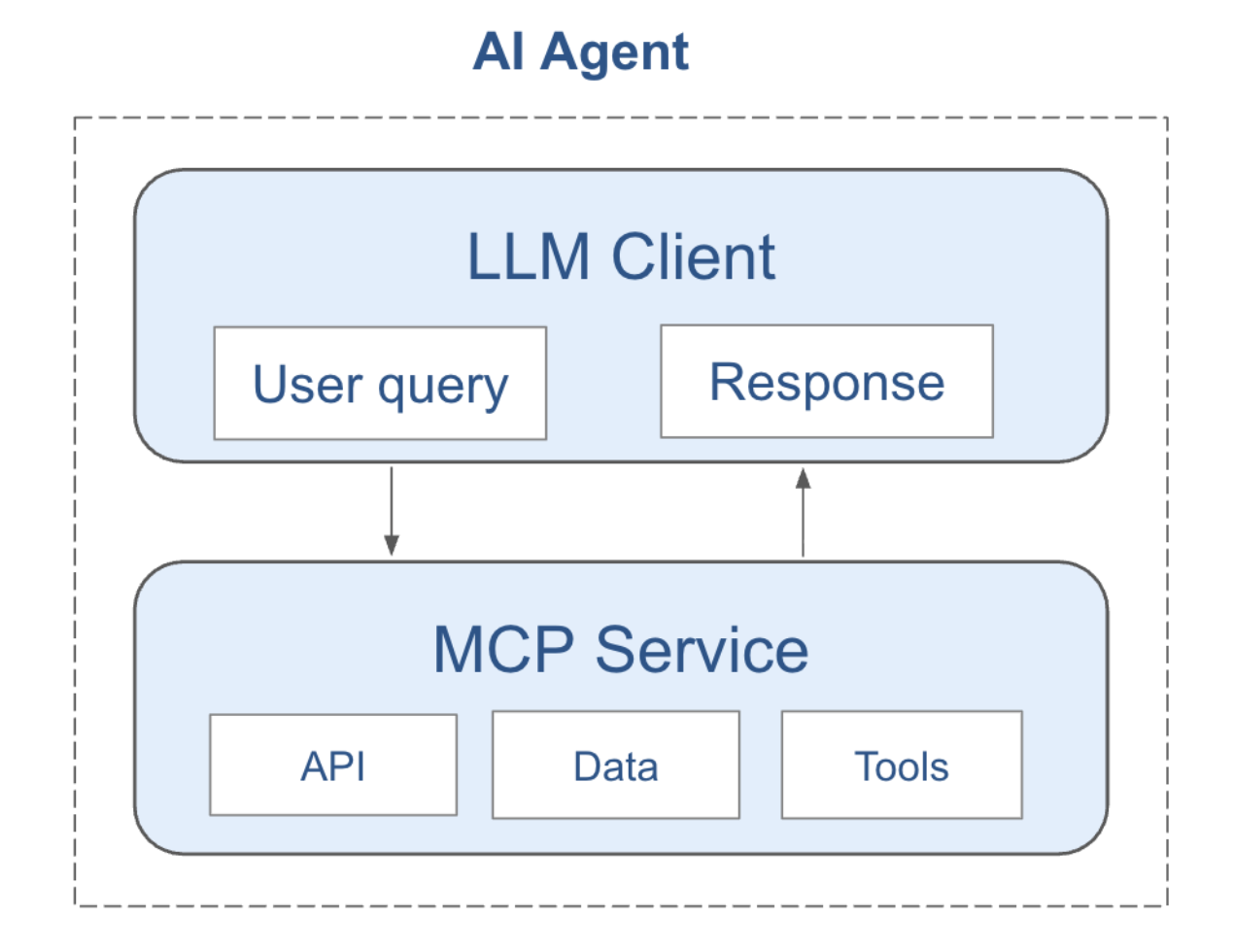
March 18, 2024
March 18, 2024
Harnessing Seasonal Forecasts for a Commodities Market Edge
What You Need to Know
- Salient Predictions uses AI to forecast weather 52 weeks ahead
- Weather derivatives bet on weather outcomes months in the future
- Simulated trading with Salient forecasts and a simple decision engine shows a 10% ROI
- Best returns 10-30 weeks ahead of settlement
Quantifying the Value of S2S Forecasts
Every once in a while, a skeptic asks "If your forecasts are so good, why don't you trade against them?". We were curious, so we backtested 33 exchange-traded weather derivatives using the Salient temperature forecast. Our AMS 2024 talk demonstrates that even a simple decision engine realized a 10% annualized return, with plenty of headroom for further optimization:

Critically, the backtest realized the most value at 10-30 weeks before settlement. This is where Salient's 2-52 week forecasts provide unique foresight. Commonly used public forecasts operate in shorter lead times, like NOAA GEFS (5 weeks) or ECMWF Extended Range (~6 weeks).

Quantifying the value of probabilistic subseasonal-to-seasonal forecasts varies from application to application. We presented a generalized framework at AGU 2023 [linkedin] based on an assumed value from hits and misses. Salient isn't becoming a trading shop (yet), but commodities markets are a domain where we can demonstrate the direct value of improved forecasts.
Going Deeper: How to Bet on Weather
Weather derivatives are financial instruments tied directly to an index of observed meteorology, enabling businesses to manage risk. The Chicago Mercantile Exchange (CME) trades Heating and Cooling Degree Day (HDD & CDD) instruments, which accumulate temperature differences from 65°F over a 3-5 month "strip". Unlike other commodities (e.g. power, oil, gas, and soft commodities) the value of these contracts is purely based on temperature and does not require a model to translate a forecast to market value. With trade volume growing over time, weather is an increasingly active market:

To backtest the performance of Salient's forecasts, we simulated a simple decision engine against daily close prices in the 13 USA HDD/CDD locations:
- If the daily close value was in the bottom 25% of Salient's probabilistic forecast, we interpreted the contract as likely to settle at a higher value and therefore buy
- Sell if the daily close value was in the top 25% of the forecast
- No optimization for hold time or signal confidence
- Assume an Idealized market: price taker, all transactions clear, no bid-offer spread, short without holding
For example, this Dallas CDD forecast predicted that the contract would eventually settle on September 30 above its purchase value as of July 3:

Iterate this logic over multiple weeks and the Salient forecast usually (but not always) provides a market edge. In this Dallas CDD example, Salient's forecast consistently predicted that the contract would settle higher than its current market value and issued repeated "buy" orders. At some point, the market caught up with Salient's forecast and there were no trades in late August and early September. This strategy paid off with a 6.8% ROI over 7 months:

Probabilistic forecasting isn't perfect, and sometimes it will miss. In this Las Vegas CDD example, most of the time the market price was within the Salient interquartile range with no buy or sell signals. However, there were 4 weeks when Salient's forecast suggested the final settlement would be above the market value. Instead, the contract settled below the purchase value and incurred a negative return:

Over a diverse portfolio, the positive returns outweigh the negatives. Salient's customers have proven that you can hedge prices and gain a competitive advantage by leveraging Salient's forecasts in commodity and energy trading and weather derivatives.
"We see an essential role for AI in commodities trading alongside our existing capabilities." - Engelhart Commodity Perspective / January 9, 2024
March 18, 2024
March 18, 2024
Harnessing Seasonal Forecasts for a Commodities Market Edge
What You Need to Know
- Salient Predictions uses AI to forecast weather 52 weeks ahead
- Weather derivatives bet on weather outcomes months in the future
- Simulated trading with Salient forecasts and a simple decision engine shows a 10% ROI
- Best returns 10-30 weeks ahead of settlement
Quantifying the Value of S2S Forecasts
Every once in a while, a skeptic asks "If your forecasts are so good, why don't you trade against them?". We were curious, so we backtested 33 exchange-traded weather derivatives using the Salient temperature forecast. Our AMS 2024 talk demonstrates that even a simple decision engine realized a 10% annualized return, with plenty of headroom for further optimization:

Critically, the backtest realized the most value at 10-30 weeks before settlement. This is where Salient's 2-52 week forecasts provide unique foresight. Commonly used public forecasts operate in shorter lead times, like NOAA GEFS (5 weeks) or ECMWF Extended Range (~6 weeks).

Quantifying the value of probabilistic subseasonal-to-seasonal forecasts varies from application to application. We presented a generalized framework at AGU 2023 [linkedin] based on an assumed value from hits and misses. Salient isn't becoming a trading shop (yet), but commodities markets are a domain where we can demonstrate the direct value of improved forecasts.
Going Deeper: How to Bet on Weather
Weather derivatives are financial instruments tied directly to an index of observed meteorology, enabling businesses to manage risk. The Chicago Mercantile Exchange (CME) trades Heating and Cooling Degree Day (HDD & CDD) instruments, which accumulate temperature differences from 65°F over a 3-5 month "strip". Unlike other commodities (e.g. power, oil, gas, and soft commodities) the value of these contracts is purely based on temperature and does not require a model to translate a forecast to market value. With trade volume growing over time, weather is an increasingly active market:

To backtest the performance of Salient's forecasts, we simulated a simple decision engine against daily close prices in the 13 USA HDD/CDD locations:
- If the daily close value was in the bottom 25% of Salient's probabilistic forecast, we interpreted the contract as likely to settle at a higher value and therefore buy
- Sell if the daily close value was in the top 25% of the forecast
- No optimization for hold time or signal confidence
- Assume an Idealized market: price taker, all transactions clear, no bid-offer spread, short without holding
For example, this Dallas CDD forecast predicted that the contract would eventually settle on September 30 above its purchase value as of July 3:

Iterate this logic over multiple weeks and the Salient forecast usually (but not always) provides a market edge. In this Dallas CDD example, Salient's forecast consistently predicted that the contract would settle higher than its current market value and issued repeated "buy" orders. At some point, the market caught up with Salient's forecast and there were no trades in late August and early September. This strategy paid off with a 6.8% ROI over 7 months:

Probabilistic forecasting isn't perfect, and sometimes it will miss. In this Las Vegas CDD example, most of the time the market price was within the Salient interquartile range with no buy or sell signals. However, there were 4 weeks when Salient's forecast suggested the final settlement would be above the market value. Instead, the contract settled below the purchase value and incurred a negative return:

Over a diverse portfolio, the positive returns outweigh the negatives. Salient's customers have proven that you can hedge prices and gain a competitive advantage by leveraging Salient's forecasts in commodity and energy trading and weather derivatives.
"We see an essential role for AI in commodities trading alongside our existing capabilities." - Engelhart Commodity Perspective / January 9, 2024
About Salient
Salient combines ocean and land-surface data with machine learning and climate expertise to deliver accurate and reliable subseasonal-to-seasonal weather forecasts and industry insights—two to 52 weeks in advance. Bringing together leading experts in physical oceanography, climatology and the global water cycle, machine learning, and AI, Salient helps enterprise clients improve resiliency, increase preparedness, and make better decisions in the face of a rapidly changing climate. Learn more at www.salientpredictions.com and follow on LinkedIn and X.



